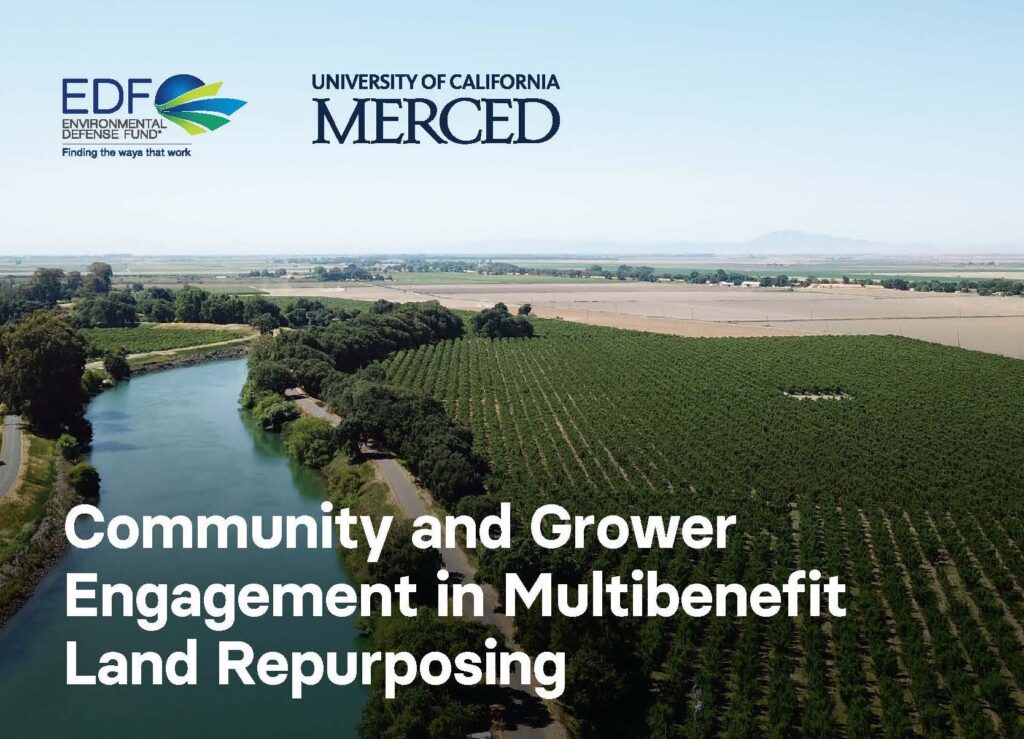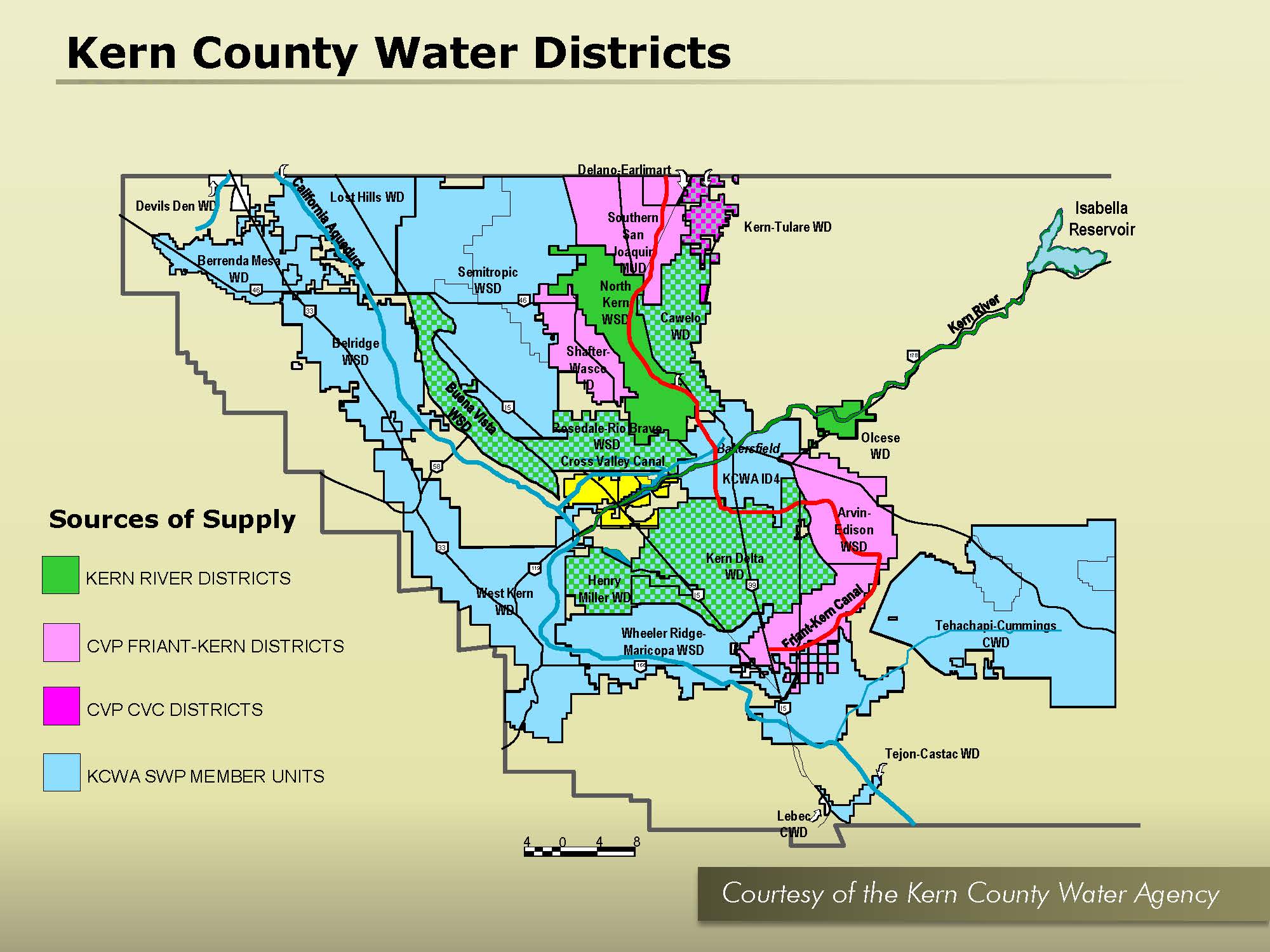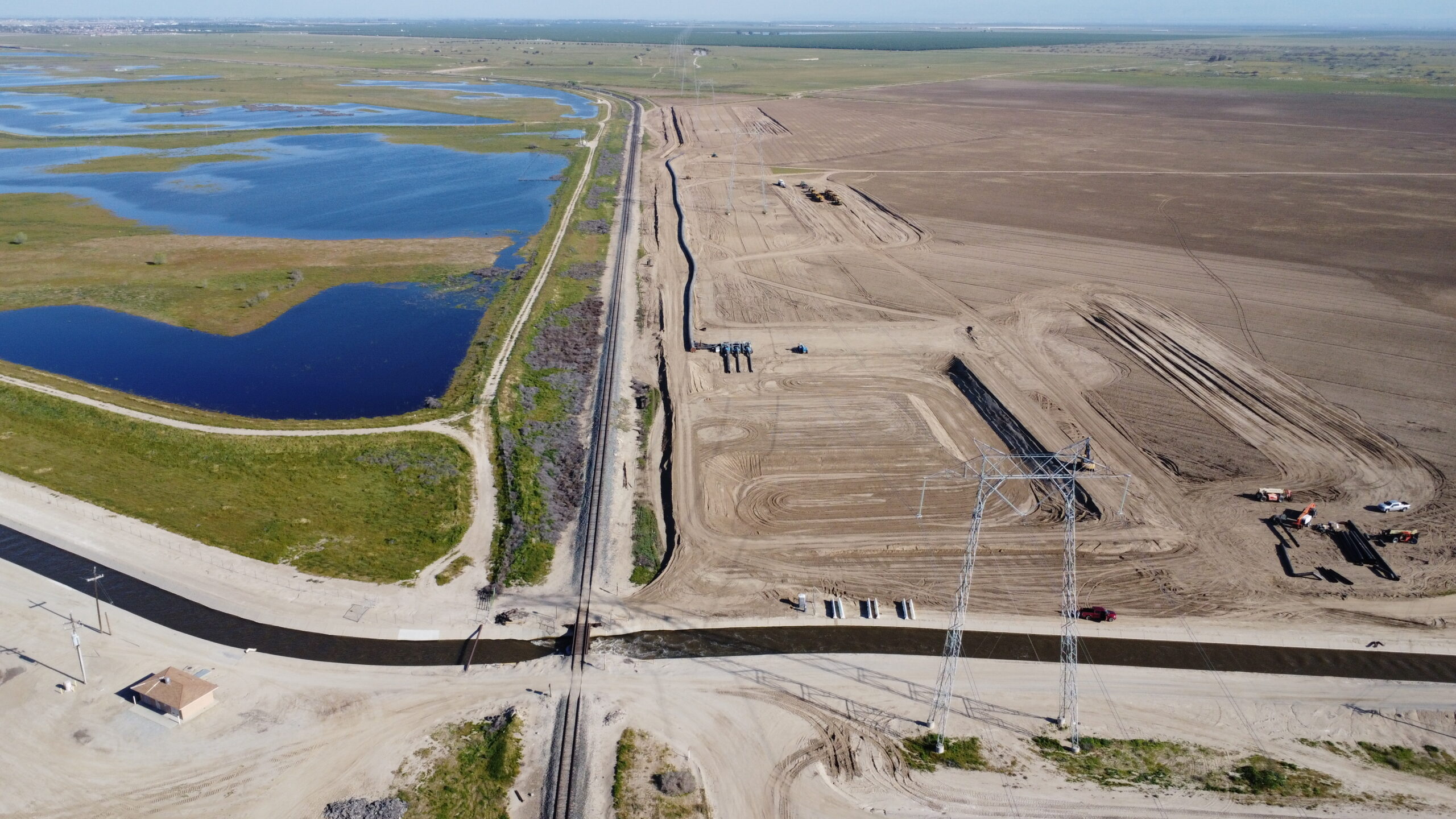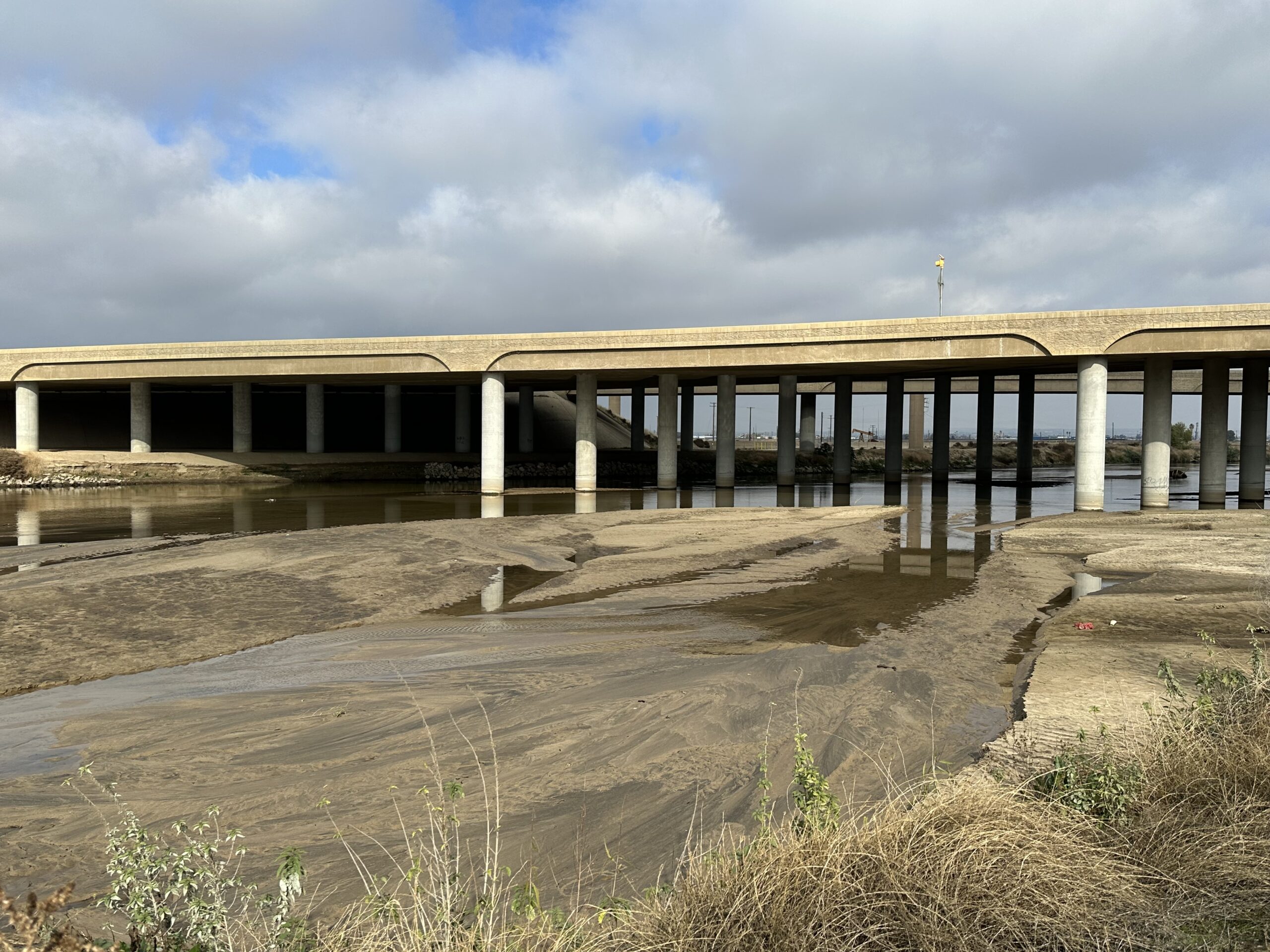The state has $50 million to spend to retire farmland, which it intends to give out as block grants to local agencies, tribes and nonprofits in the San Joaquin Valley.
But there are strings attached to the money. The groups that receive the block grants will have to work directly with farmers and community members to find ways to reduce irrigated cropland while still using the land in a beneficial way. That could be a problem seeing as how outreach in rural areas has proven to be a challenge for other programs.
The deadline for groups to apply for the block grants is coming up on April 1.
Nonprofit Environmental Defense Fund (EDF) and researcher Vicky Espinoza of UC Merced have collaborated on a new guide to help future block grant recipients engage with small farmers and communities.
The incentive program, called the Multibenefit Land Repurposing Program, was approved last year to pay farmers for taking irrigated land out of production and converting it to less water intensive uses. The program currently has $50 million in funding which will be doled out to local groups by the Department of Conservation. The initial $50 million will likely go to 3-5 local groups, said Ann Hayden, vice president of climate resilient water systems at EDF.
Governor Newsom has proposed another $40 million for the program, but that money needs to be approved by the Legislature in the budget process before it becomes a reality.
Farmland can be repurposed for a variety of uses such as restored habitat, groundwater recharge facilities, dryland crops and solar, to name a few.
The guide to engage with farmers is based on Espinoza’s research and includes how to share groundwater management information with disadvantaged rural communities and how to gather information from those communities to understand their priorities.
The guide outlines how to increase information accessibility through short explanatory videos and making those videos, brochures and all materials multilingual and available in a variety of formats including email, text, mail etc. It also recommends community surveys and workshops and clearly defining technical terms as well as repurposing options.
The repurposing program comes alongside the implementation of California’s Sustainable Groundwater Management Act (SGMA), which aims to bring aquifers back into balance by 2040, meaning more water doesn’t get pumped out of the ground than goes back in.
For much of the San Joaquin Valley, pumping groundwater without limits has been the status quo. But pumping restrictions are beginning to take effect. Even so, some estimates indicate nearly one million acres of farmland will need to be taken out of production in the San Joaquin Valley to reach sustainability.
Share this:
- Click to share on Facebook (Opens in new window)
- Click to share on Twitter (Opens in new window)
- Click to share on LinkedIn (Opens in new window)
- Click to share on Reddit (Opens in new window)
- Click to share on Tumblr (Opens in new window)
- Click to share on Pinterest (Opens in new window)
- Click to share on Pocket (Opens in new window)
- Click to share on Telegram (Opens in new window)
- Click to share on WhatsApp (Opens in new window)
- Click to print (Opens in new window)








